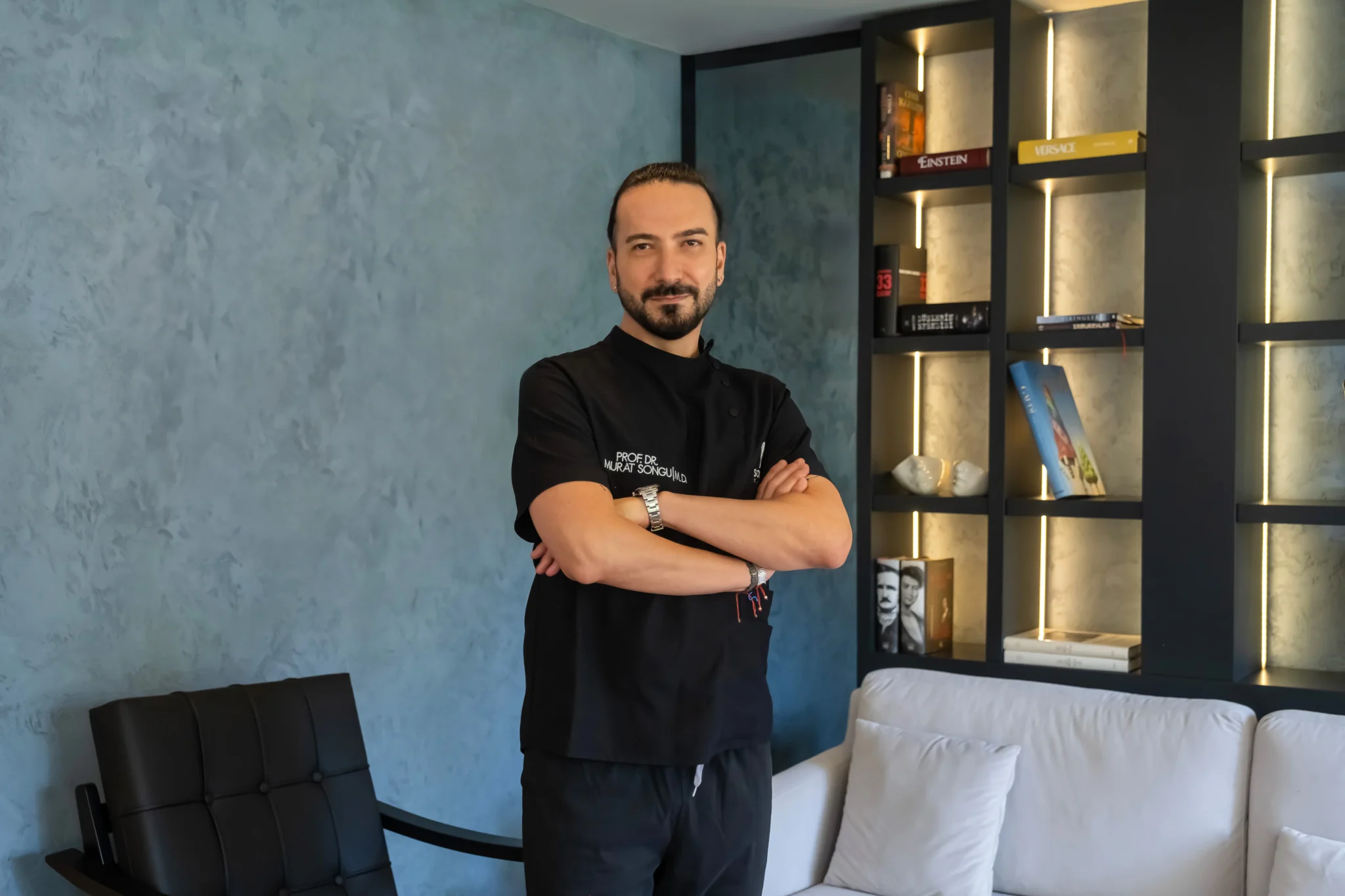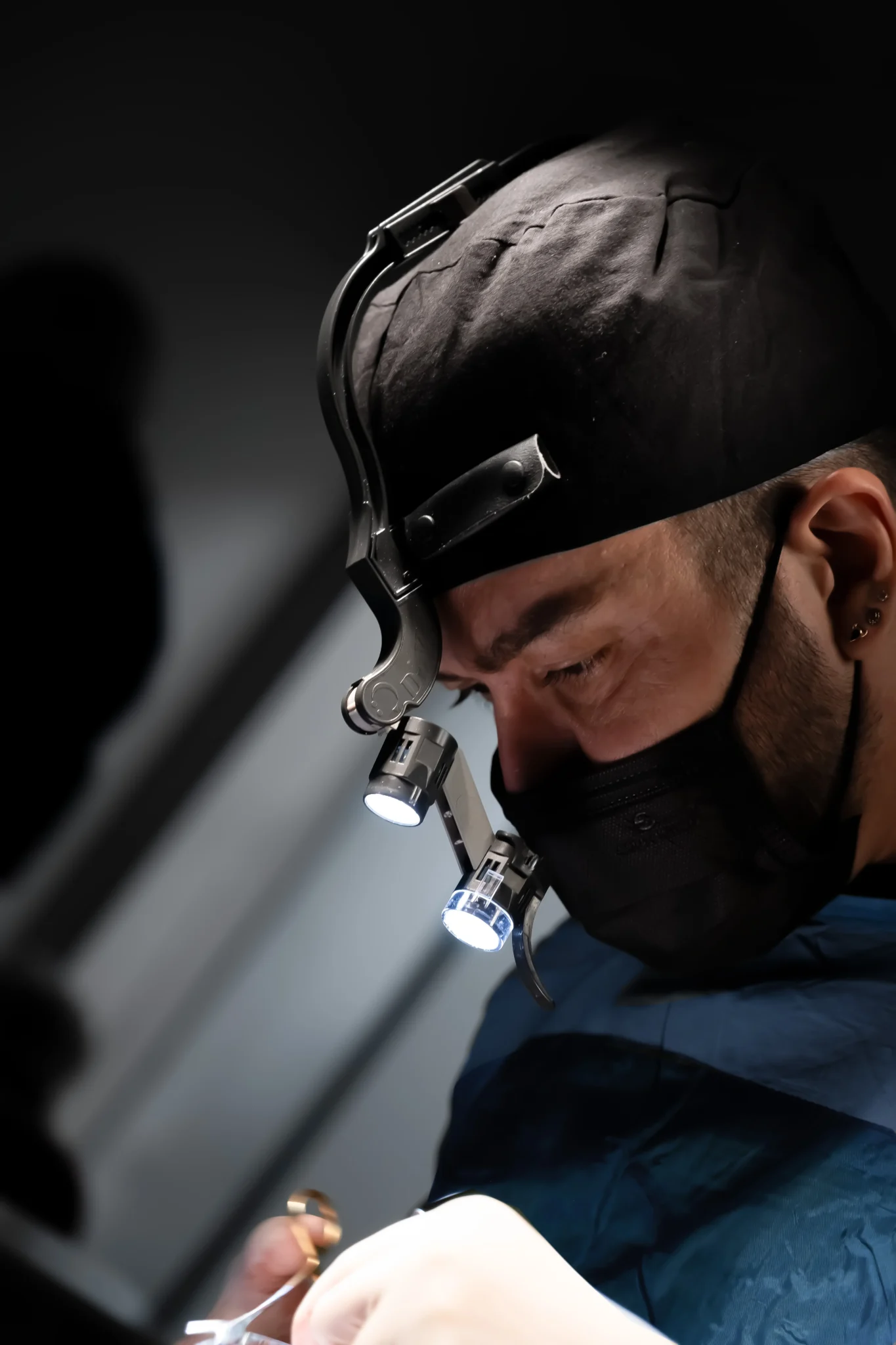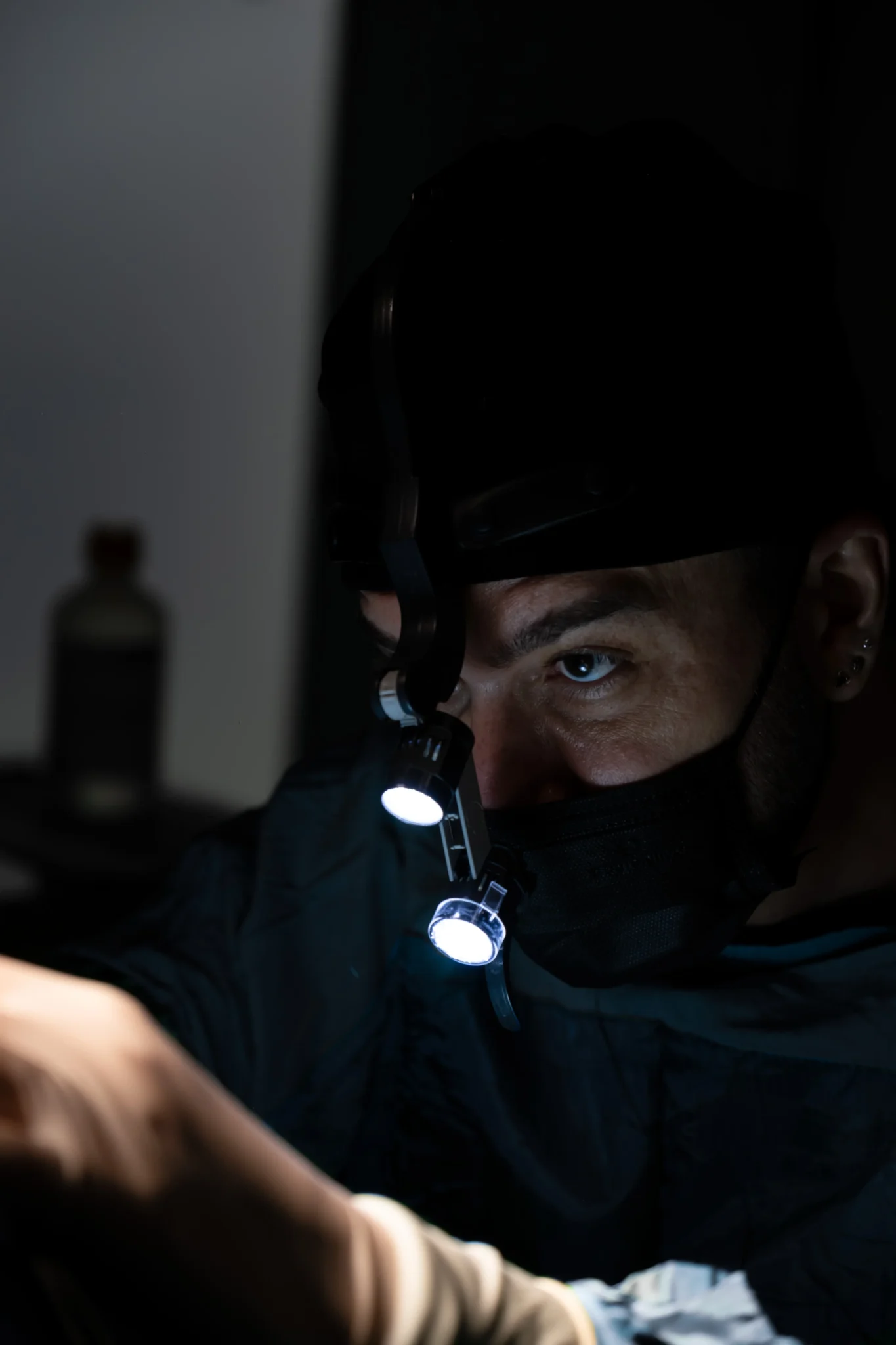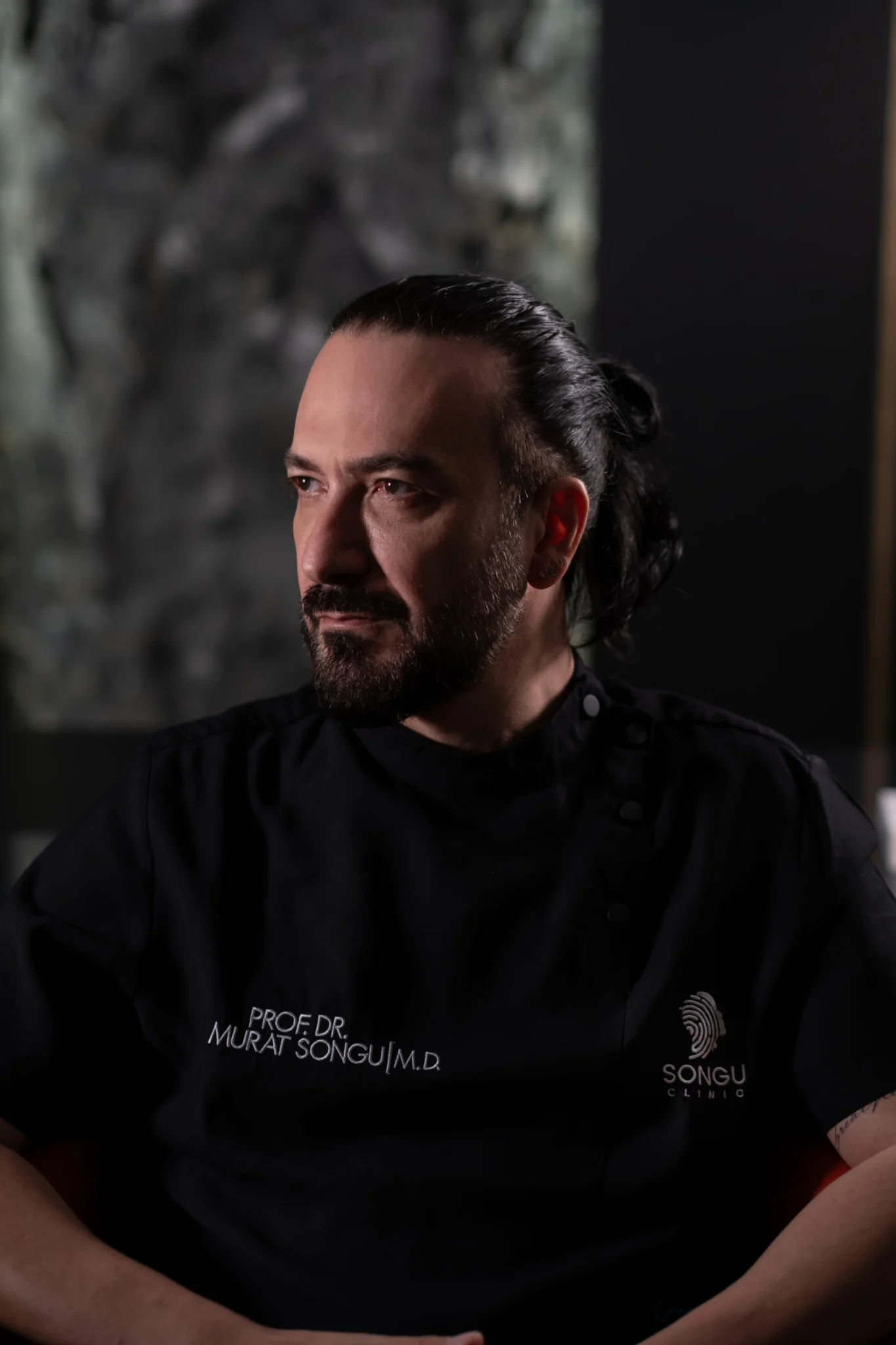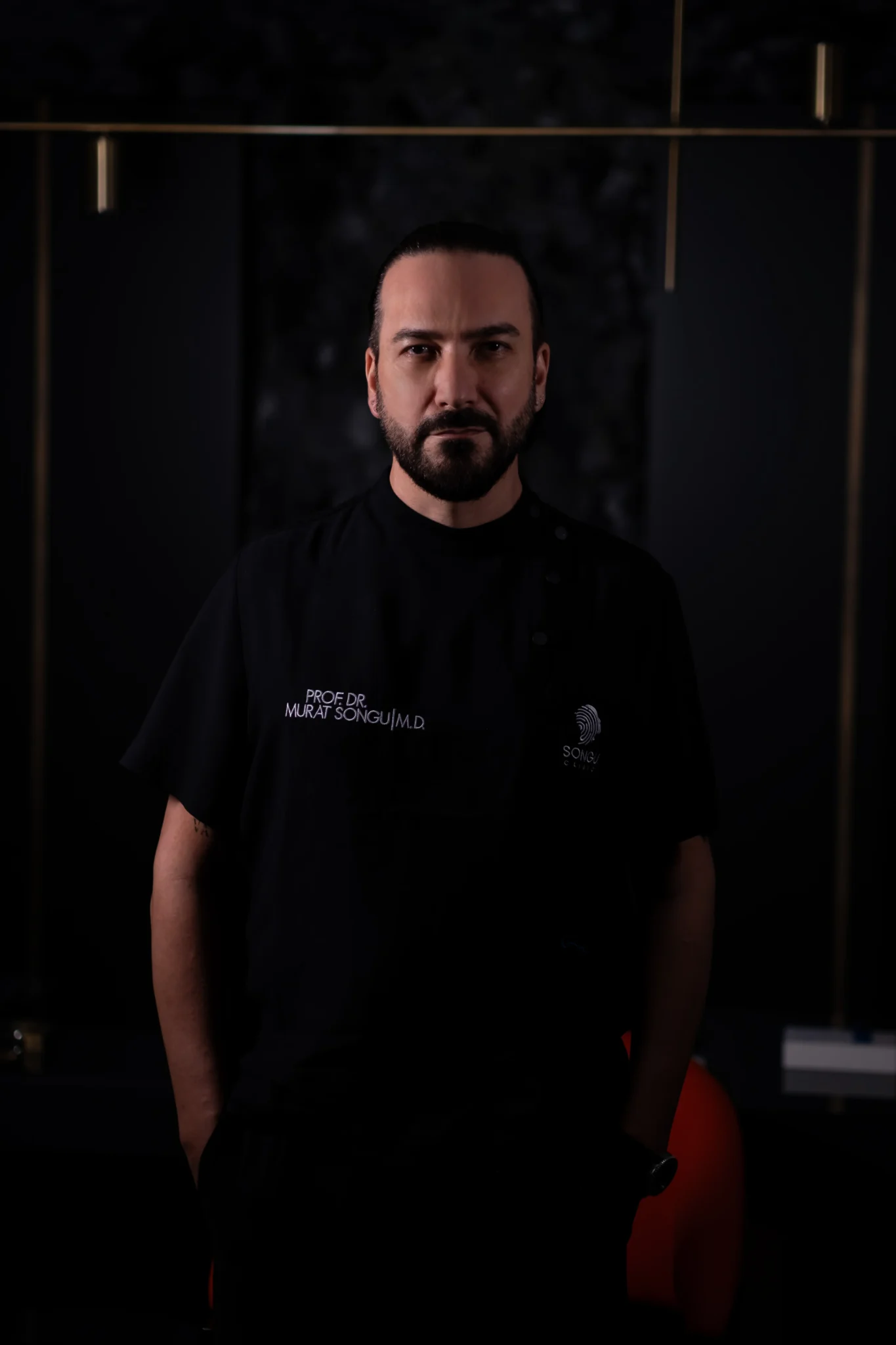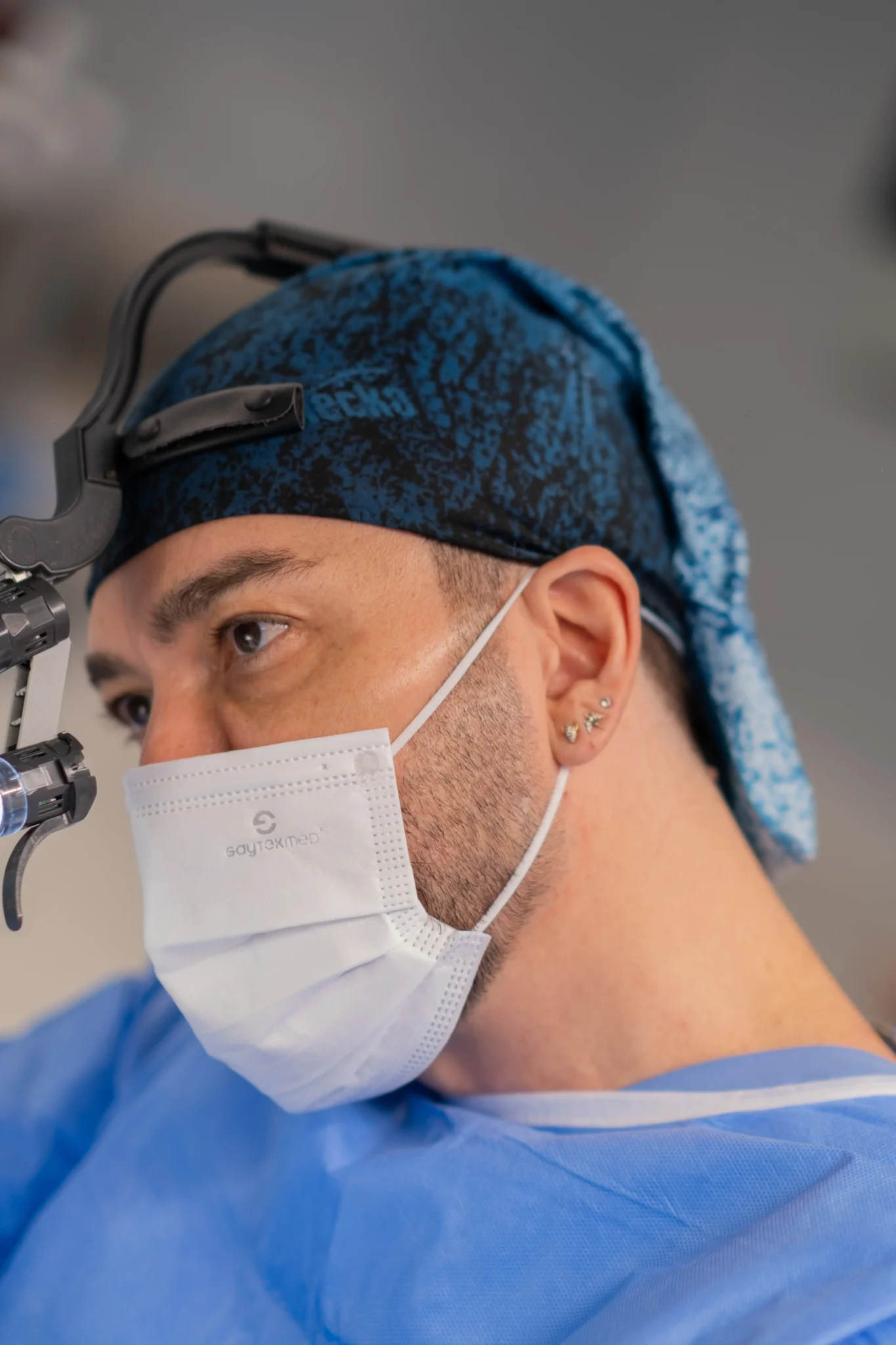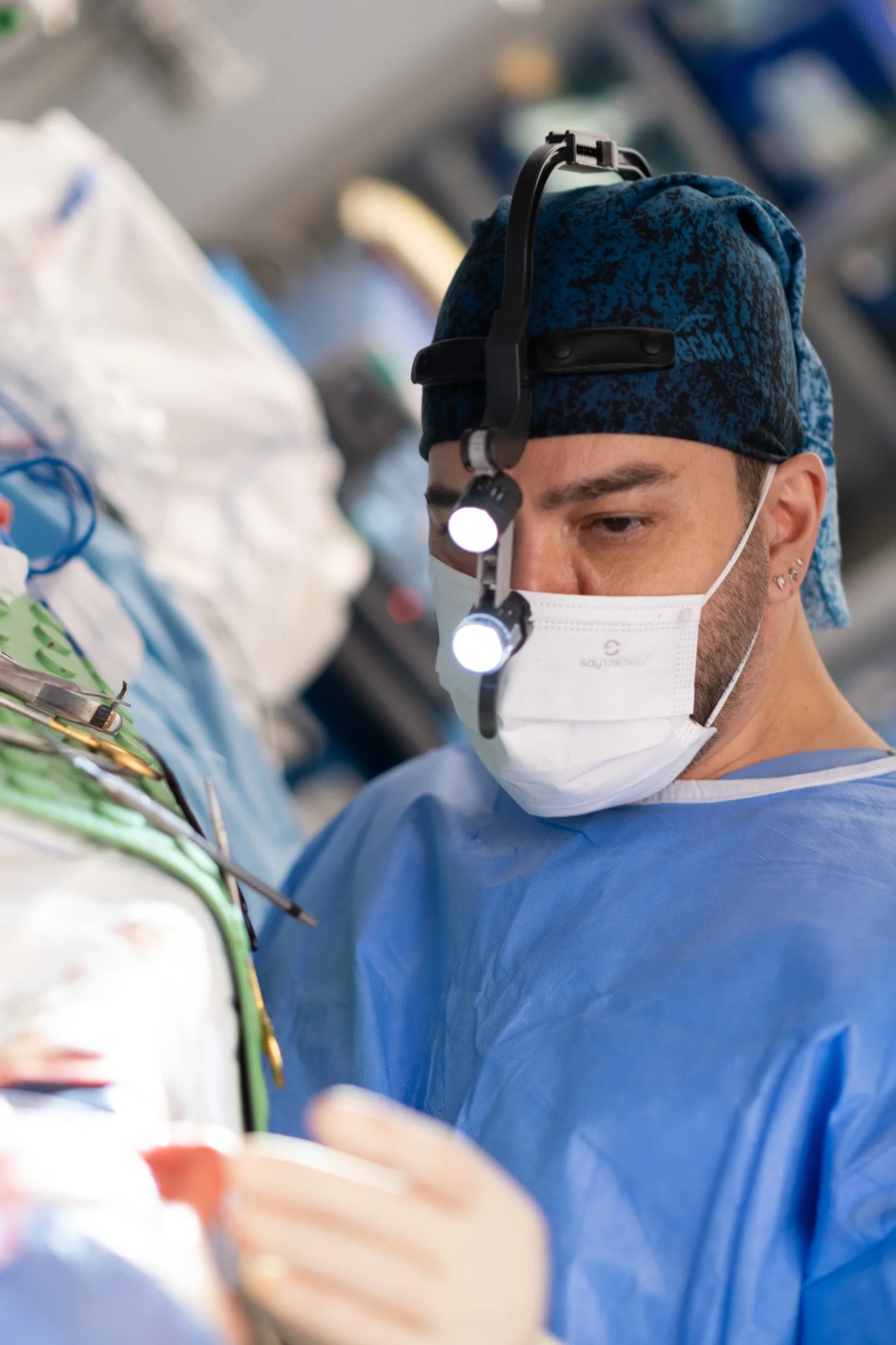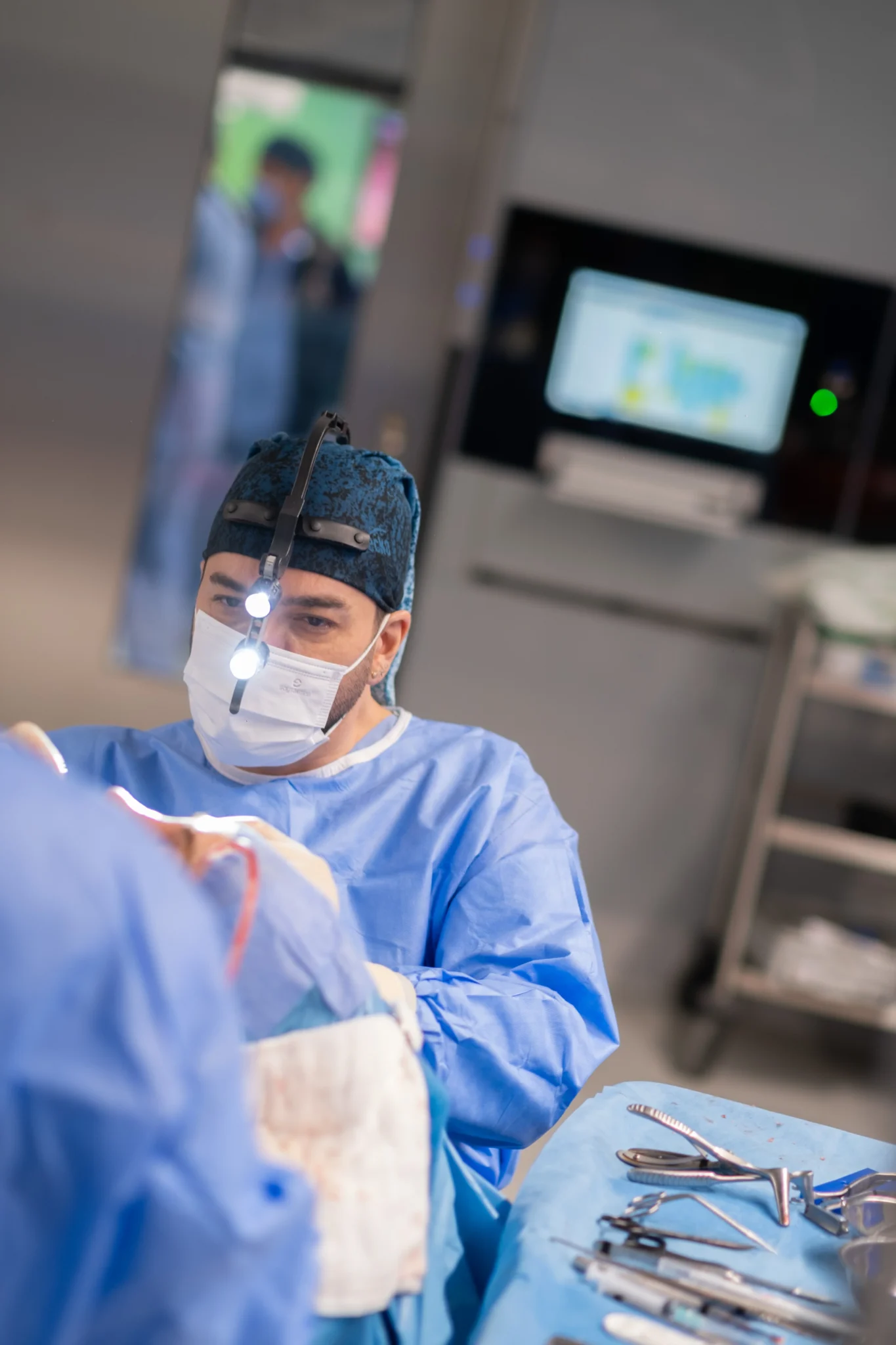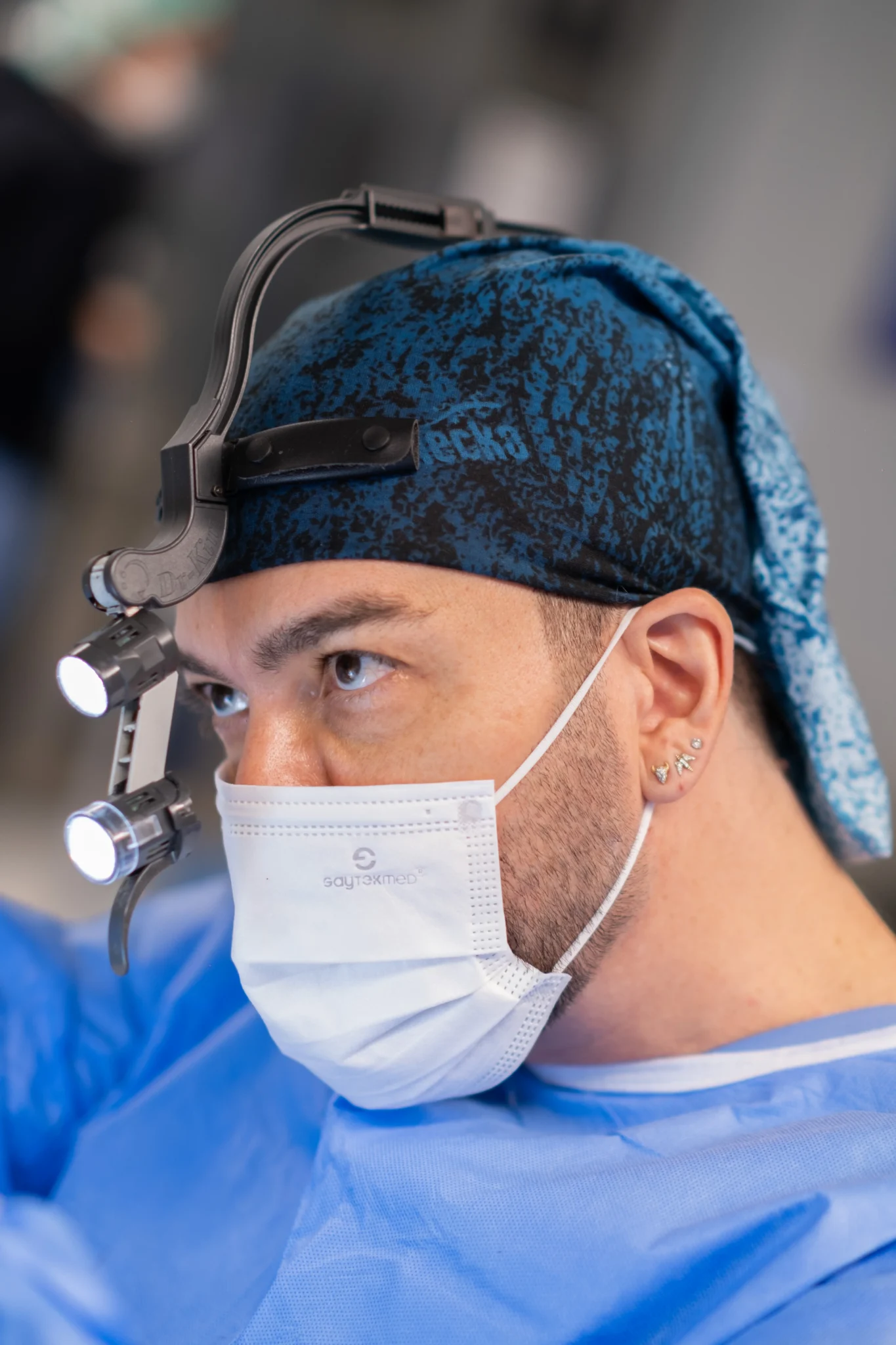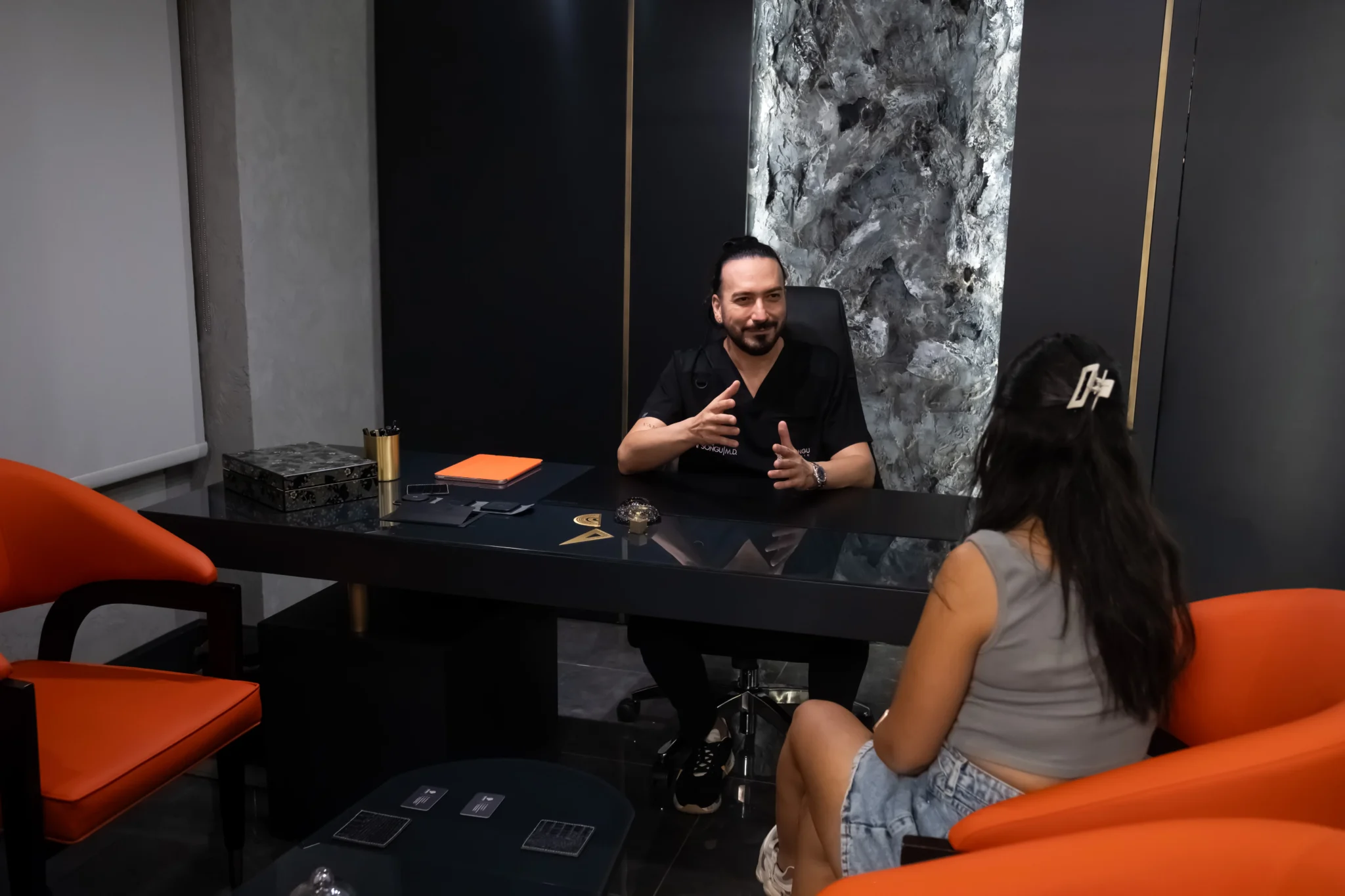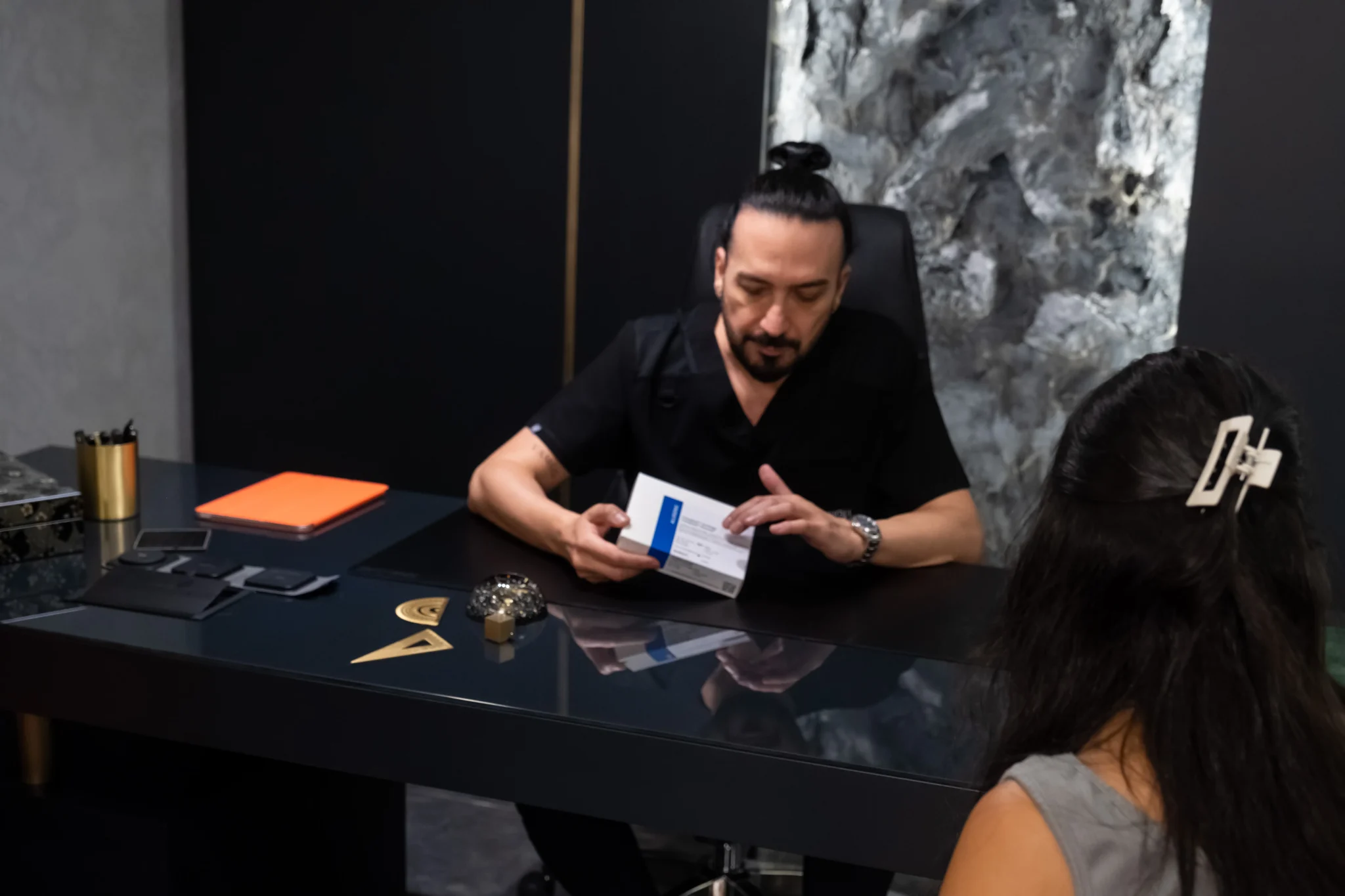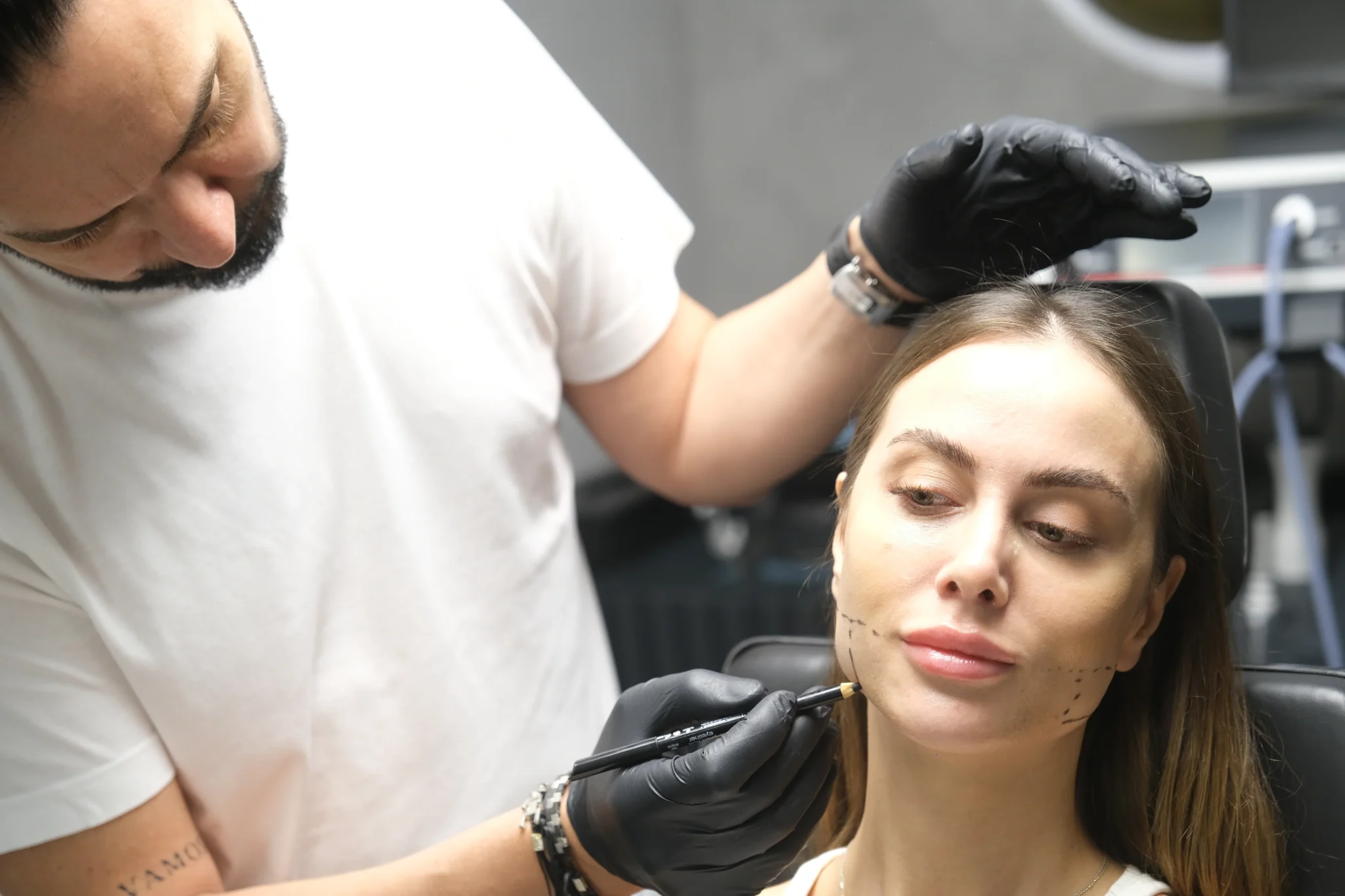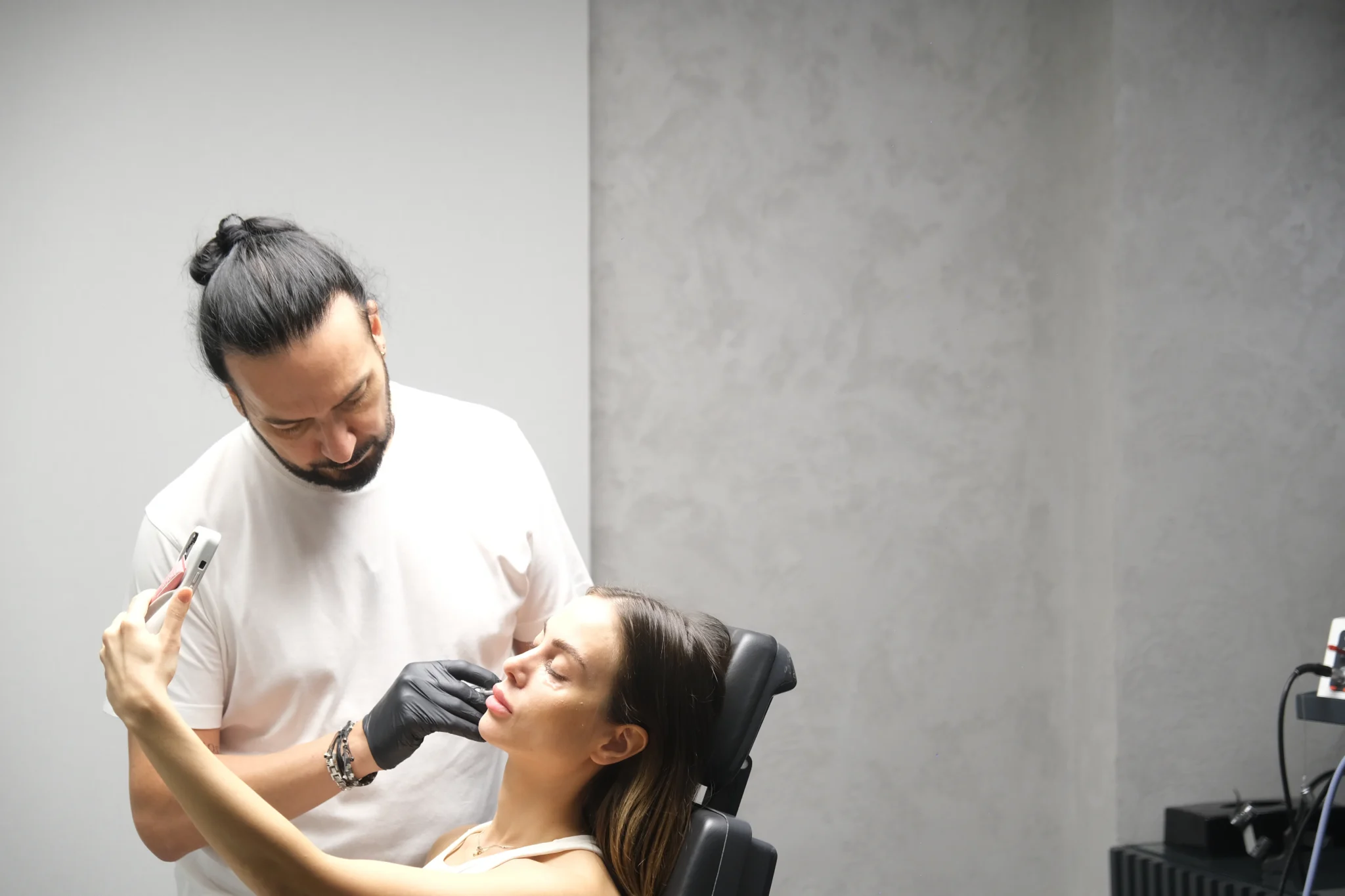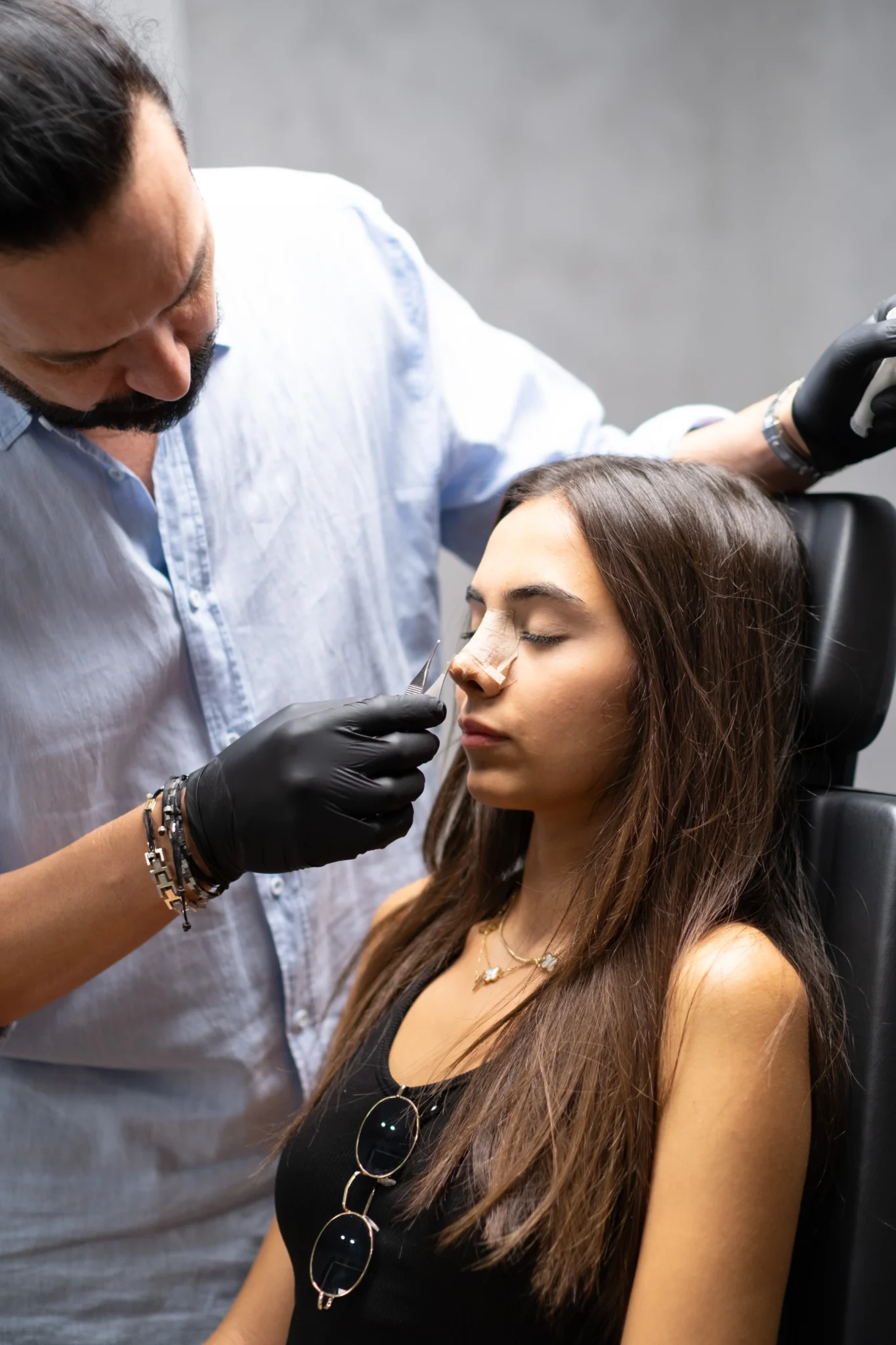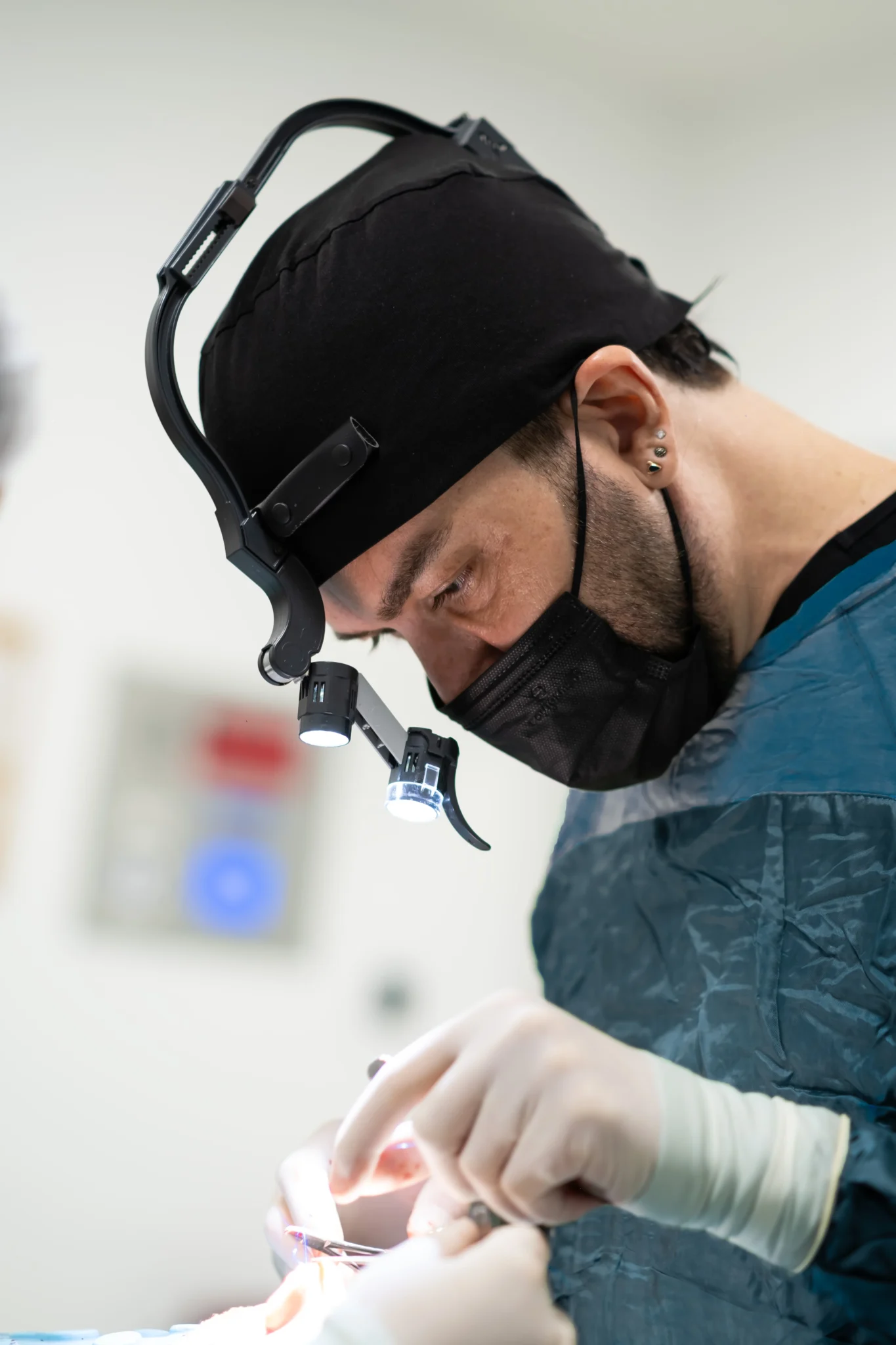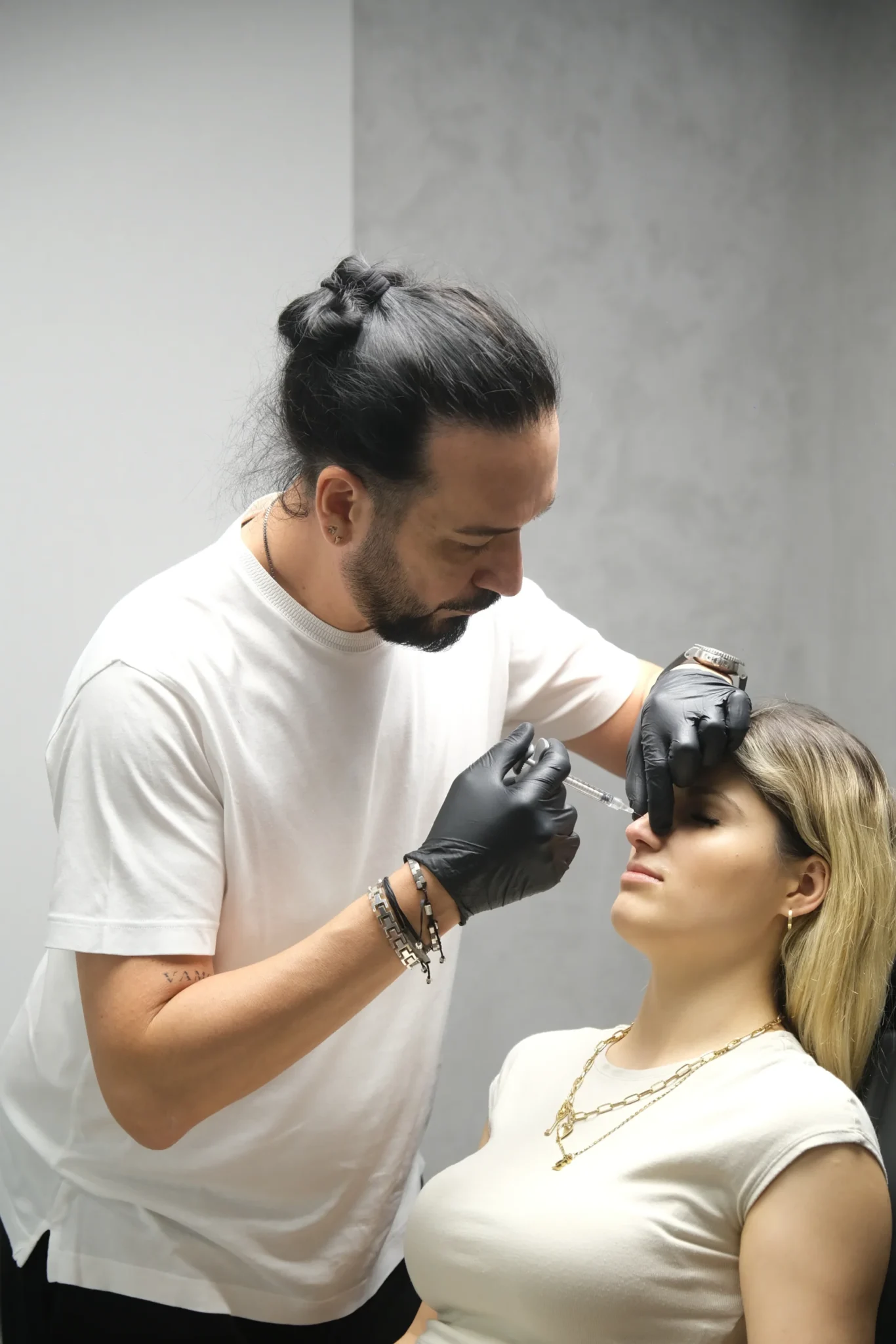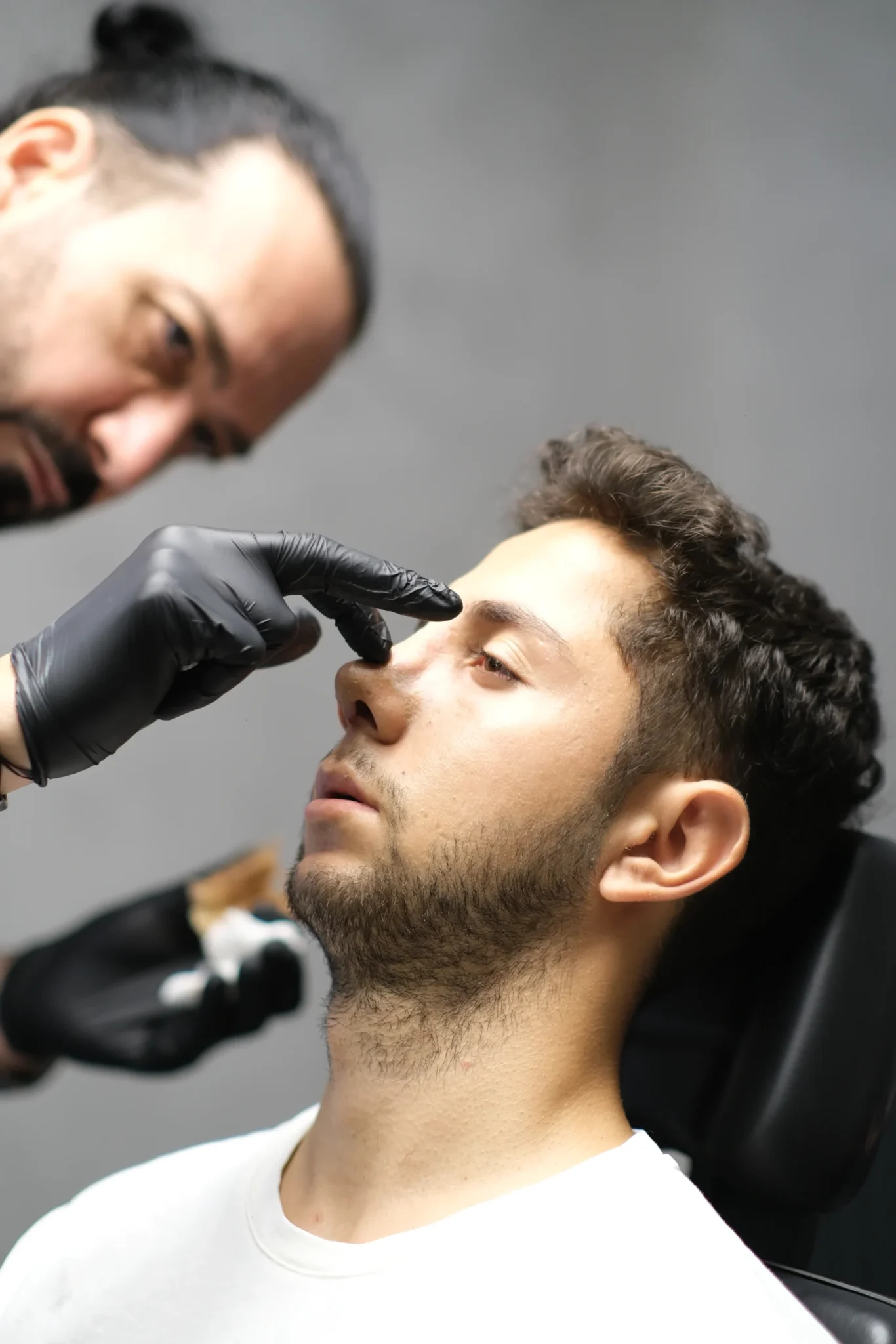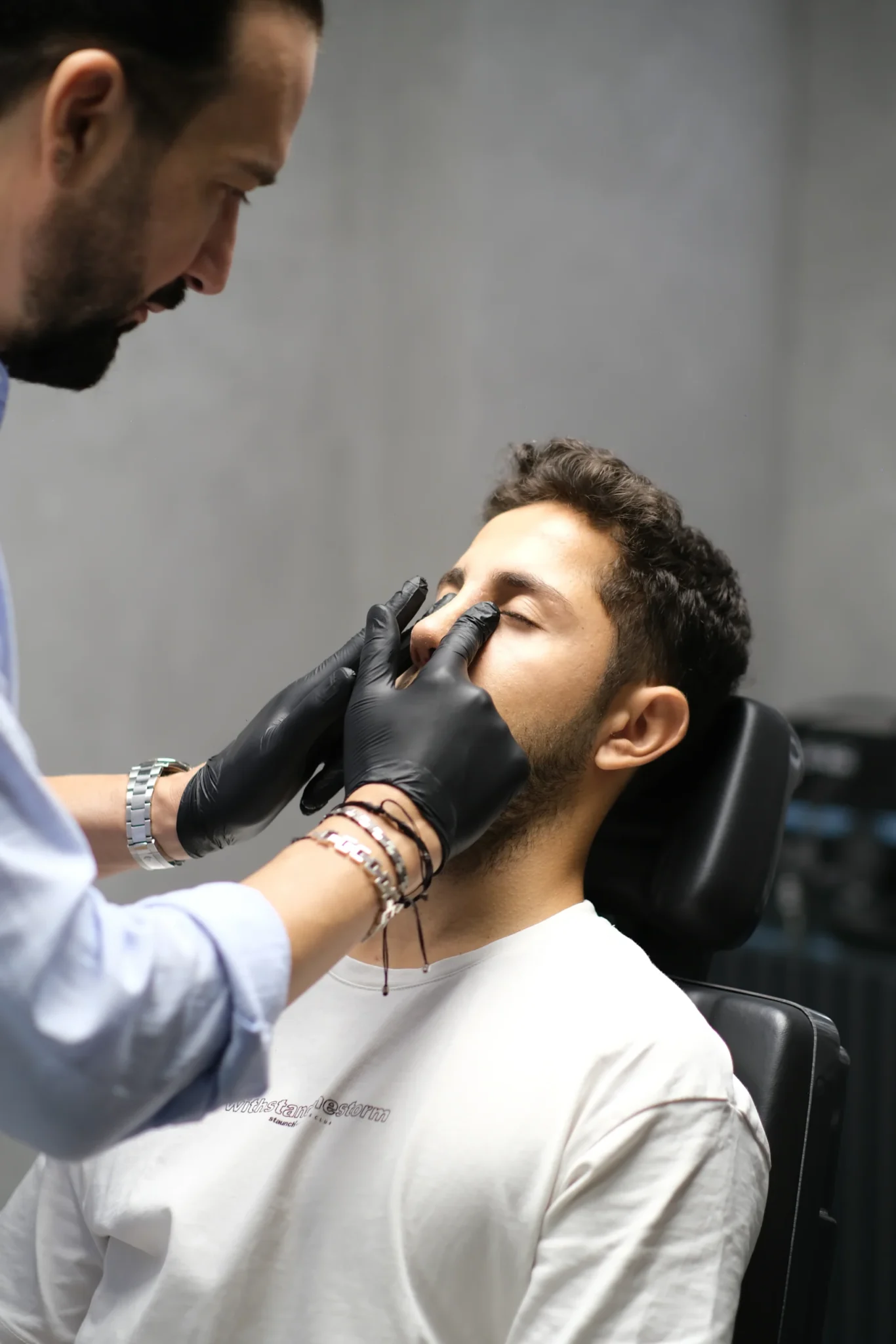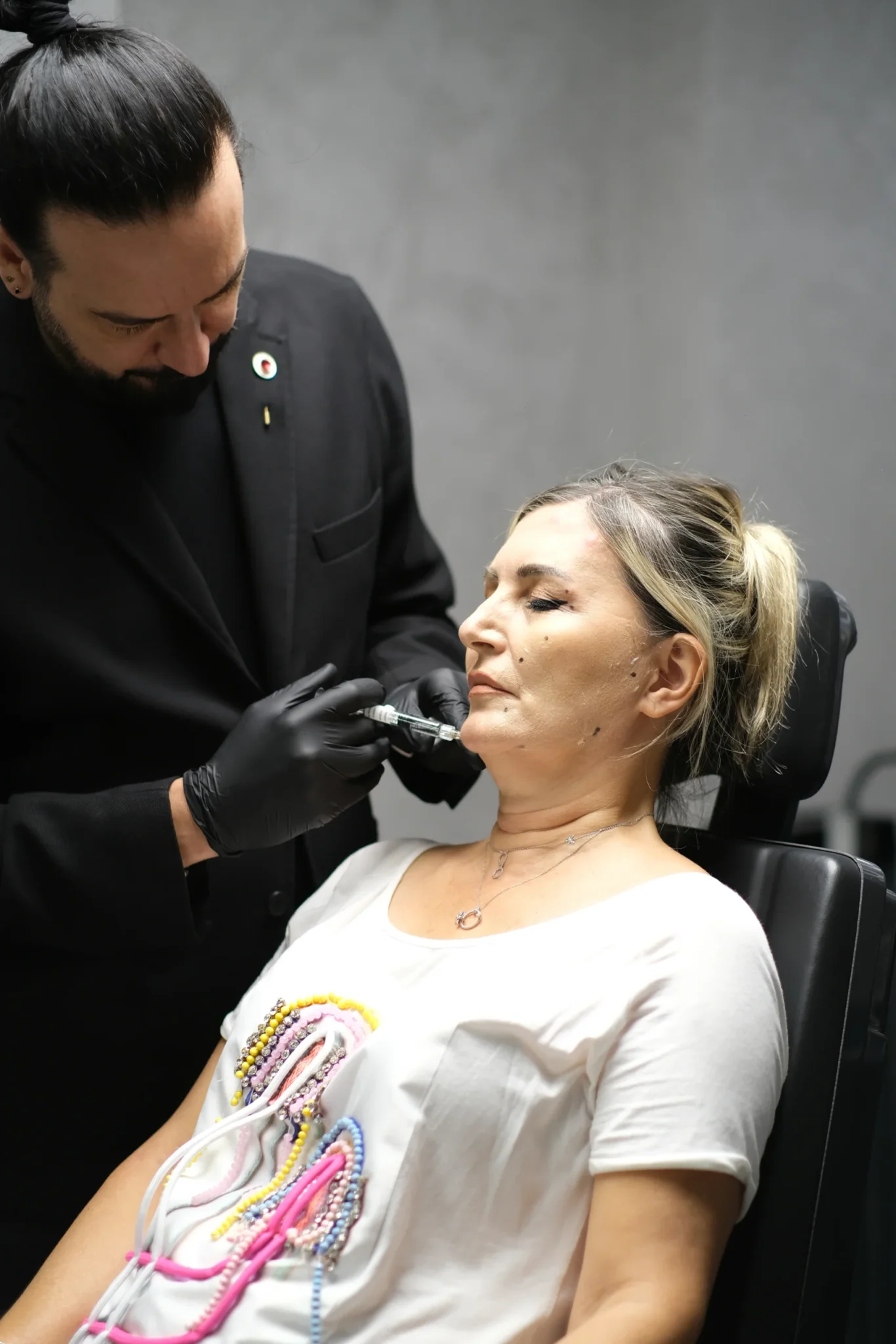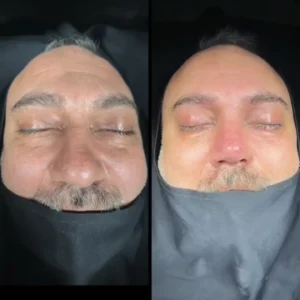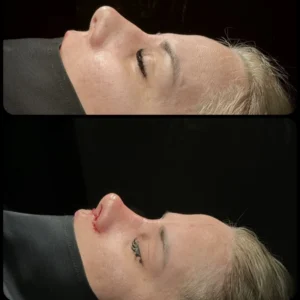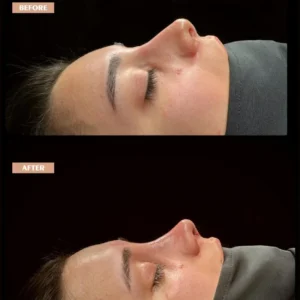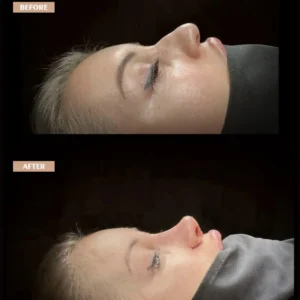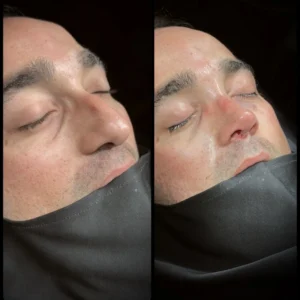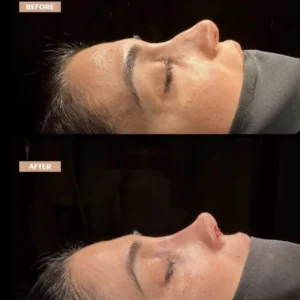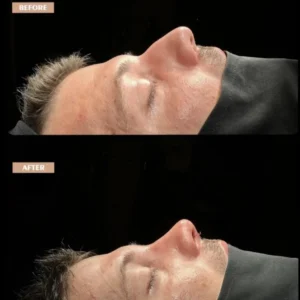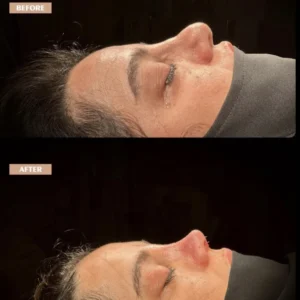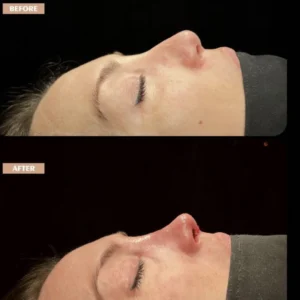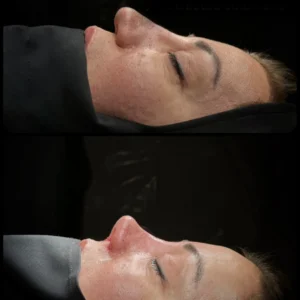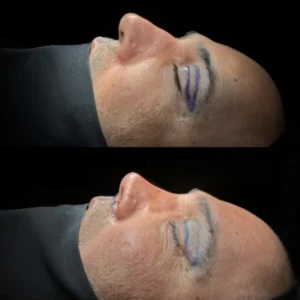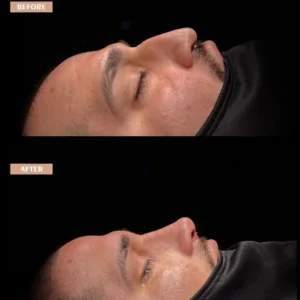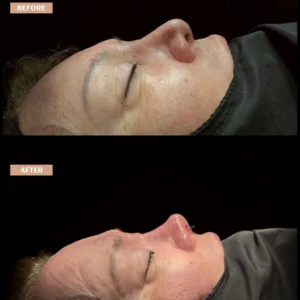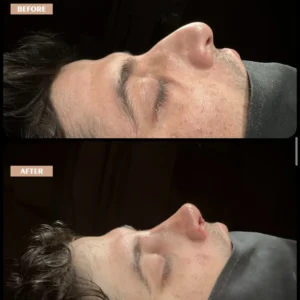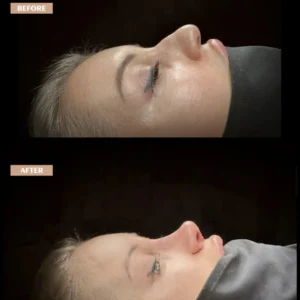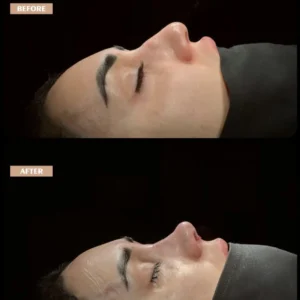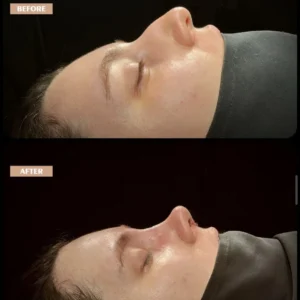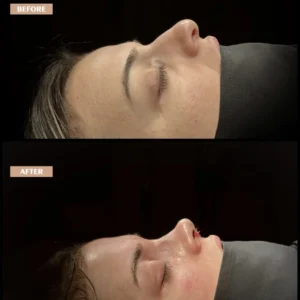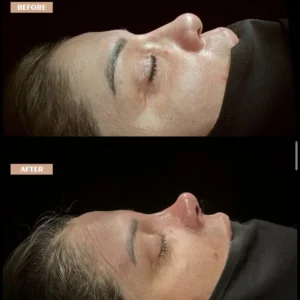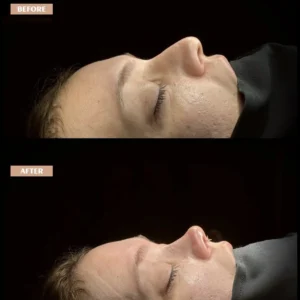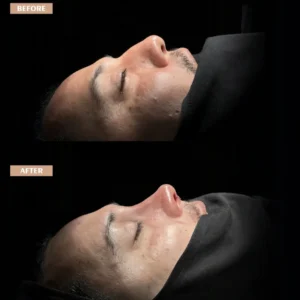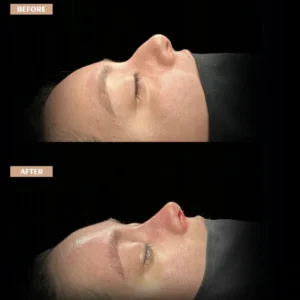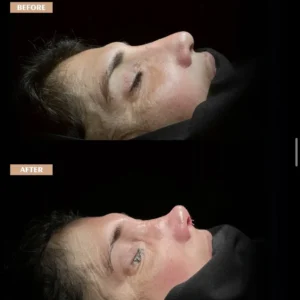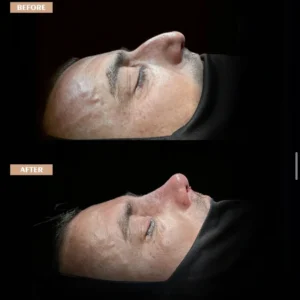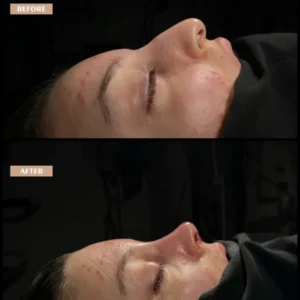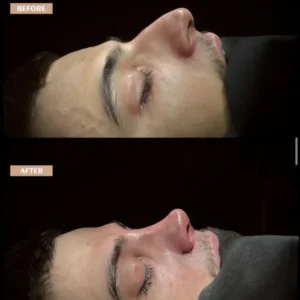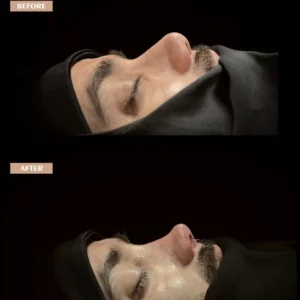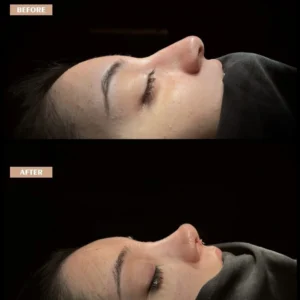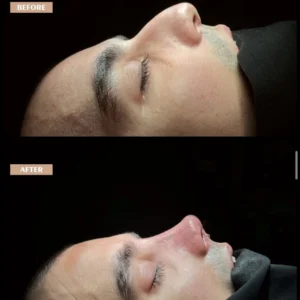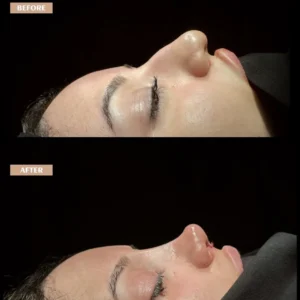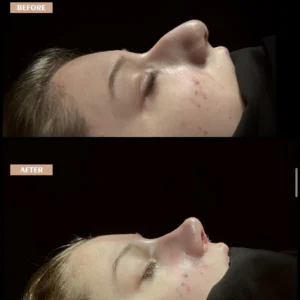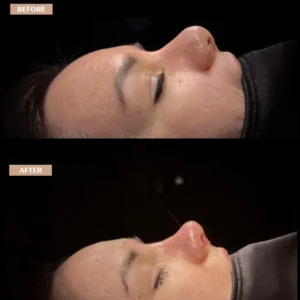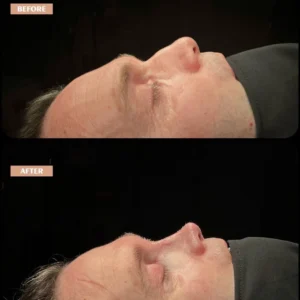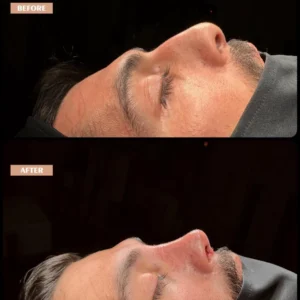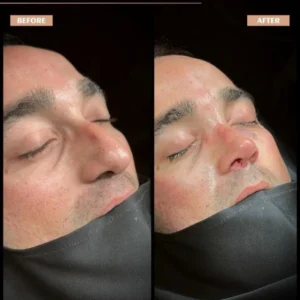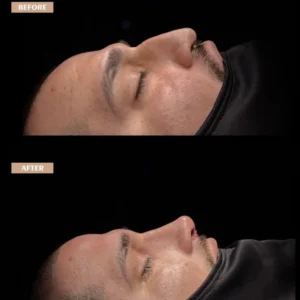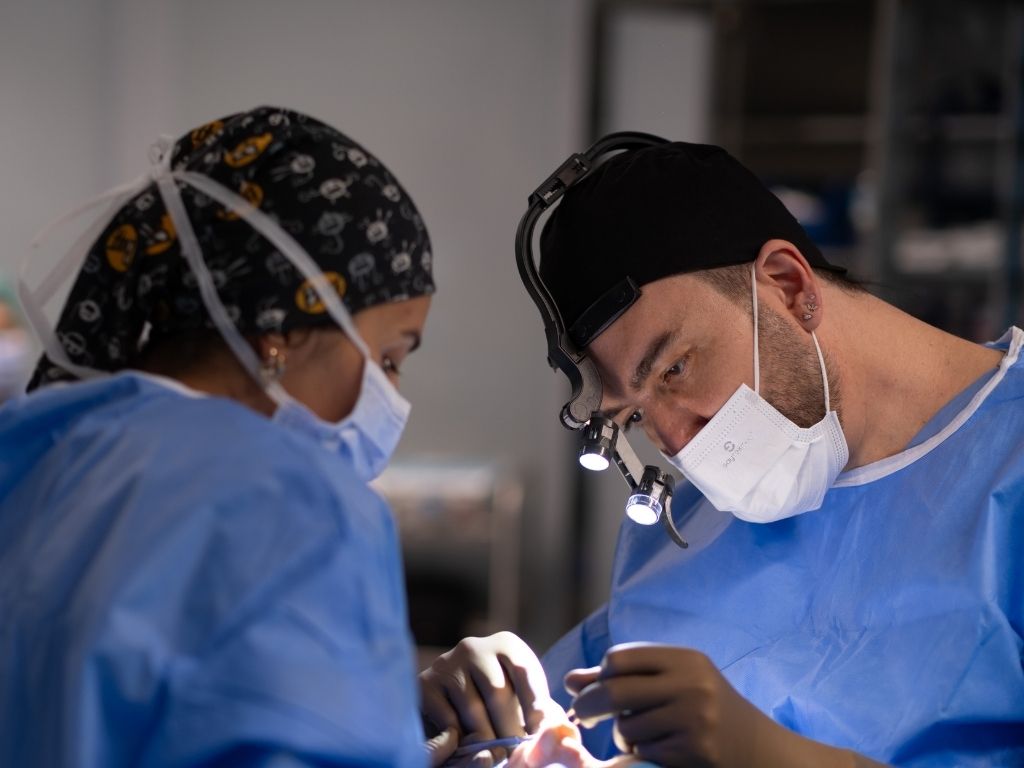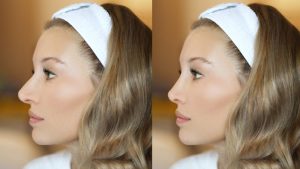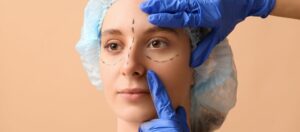
Closed Rhinoplasty in Turkey offers individuals seeking to enhance their nasal aesthetics a sophisticated surgical solution. This procedure, performed by highly skilled and board-certified rhinoplasty surgeons, utilizes internal incisions, minimizing external scarring and promoting quicker recovery. By focusing on reshaping the nasal tip, eliminating dorsal humps, and refining the nose bridge, closed rhinoplasty achieves harmonious facial proportions.
With its shorter procedure time, reduced swelling, and impressive long-lasting results, closed rhinoplasty stands as a safe and effective option for those desiring a subtle yet impactful transformation. Discover the excellence of closed rhinoplasty in Turkey, where expertise and artistry merge to create beautiful nasal contours.

Turkey's Rhinoplasty Doctor
Prof. Dr. Murat Songu
Revision Rhinoplasty Specialist
Born in İzmir in 1976, Prof. Dr. Murat Songu entered İzmir Atatürk High School and then, in 1994, started at Ege University Faculty of Medicine. He completed his specialty training in Ear, Nose, and Throat Diseases at Celal Bayar University. In 2005, he worked on rhinology and otologic surgery in Bordeaux, France, at St. Augustin Clinic with Dr. Guy Lacher and at Bordeaux University with Prof. Vincent Darrouzet.
İçindekiler
What Is Closed Rhinoplasty?
Closed rhinoplasty is a surgical procedure aimed at modifying the appearance of the nose through internal incisions. Also known as endonasal rhinoplasty, this technique ensures minimal visible scarring on the exterior of the nose. Unlike open rhinoplasty, which involves external incisions, closed rhinoplasty primarily focuses on reshaping the nasal tip, shortening the nose, or addressing dorsal humps. It is typically recommended for individuals with a symmetrical nose requiring targeted refinement.
During the procedure, the surgeon accesses the nasal structures through small openings within the nostrils, maintaining limited visibility. This precise approach, performed under general anesthesia, results in a relatively quick procedure with reduced swelling and a shorter recovery period, allowing patients to achieve their desired nasal aesthetics.
Before & After Gallery
How Is Closed Rhinoplasty Performed?
Closed rhinoplasty is performed through meticulously crafted internal incisions, ensuring minimal visible scarring. Under general anesthesia, the surgeon gains access to the nasal structures exclusively through the nostrils. The nasal skin is delicately separated from the underlying cartilage and bone, granting the surgeon limited visibility. Skillfully reshaping the nasal framework, the surgeon may remove excess cartilage or bone, refine the tip, or address dorsal humps.
Sutures are meticulously placed to close the incisions, and a cast or splint is applied to support the nose during the initial healing phase. This procedure typically takes around 1 to 2 hours, offering efficient and precise nasal contouring with minimal downtime and optimal results.
Recovery Process After Closed Rhinoplasty
The recovery process following closed rhinoplasty involves a carefully monitored and supportive approach to ensure optimal healing and long-lasting results. Immediately after the procedure, a cast or splint is placed to provide stability and support to the nose during the initial healing phase, which typically lasts for approximately 5 to 7 days. Swelling and bruising around the nose and eyes are expected, but gradually diminish over time. It is advisable to take a few days off from work and maintain a head elevated position while resting to minimize swelling.
Strenuous activities, excessive chewing, swimming, alcohol consumption, and blowing the nose should be avoided during the early stages of recovery. Around one week post-surgery, the cast or splint is removed, unveiling the transformed nose. Although some residual swelling may persist, patients can gradually resume normal activities while adhering to the surgeon’s instructions. Patience and adherence to post-operative care guidelines are essential for a successful recovery following closed rhinoplasty.
Is It Safe To Have Closed Rhinoplasty In Turkey?
Having a closed rhinoplasty in Turkey is considered safe when performed by trained and experienced rhinoplasty surgeons. Turkey has gained recognition as a leading destination for medical tourism, renowned for its advanced healthcare facilities and skilled practitioners. With a focus on patient safety and satisfaction, Turkish clinics adhere to strict quality standards and regulations. Board-certified surgeons utilize state-of-the-art techniques and equipment to ensure precise and successful outcomes.
Additionally, thorough pre-operative assessments and comprehensive post-operative care contribute to minimizing risks and complications. Patients can have confidence in the commitment of Turkish medical professionals to prioritize their well-being throughout the closed rhinoplasty journey. Trust in the expertise and dedication of Turkish healthcare providers for a safe and effective closed rhinoplasty experience.
Why Is Closed Rhinoplasty Cheap In Turkey?
The affordability of closed rhinoplasty in Turkey can be attributed to several factors. Firstly, Turkey boasts a well-established medical tourism industry, offering competitive pricing due to lower operating costs and favorable exchange rates. The country’s advanced healthcare infrastructure and experienced rhinoplasty surgeons contribute to efficient and cost-effective procedures.
Additionally, the availability of high-quality medical facilities and state-of-the-art equipment ensures optimal patient outcomes at a more affordable price. Turkey’s commitment to providing exceptional healthcare standards, combined with a lower cost of living compared to many Western countries, enables patients to access closed rhinoplasty procedures without compromising on quality. This attractive cost advantage has positioned Turkey as a popular destination for individuals seeking cost-effective yet reliable solutions for their nasal aesthetic concerns.
What Affect the Cost of Closed Rhinoplasty?
Costs for a closed rhinoplasty include surgeon qualifications, location, surgical difficulty, anesthesia type, and facility fees. What comes into play is the qualifications of a surgeon. A recognized, experienced and expert in rhinoplasty surgery may charge more because of the experience and proven reputation. The cost also varies on the geographical location; for example, most of the time, surgeries done in areas where the cost of living is high will have a higher quotation.
Operations that need more alterations in the structure bear a higher cost than those that require simple or uncomplicated changes. In addition, it is the type of anesthesia which brings out the difference in price. This is where general anesthesia tends to add to the overall cost when juxtaposed against local anesthesia.
Latest Posts
Rhinoplasty Reviews in Turkey
Frequently Asked Questions
How Long Does It Take to Recover from Closed Nose Surgery?
The recovery process after closed nose surgery varies from person to person. Typically, swelling around the nose and eyes reaches its maximum level within 2-3 days after surgery. This swelling then begins to decrease, and most of it subsides within 5 to 7 days. Complete recovery depends on the skin type: it can take between 6 months and 1 year for individuals with thin skin, and 1 to 2 years for those with thick skin.
Is Open Nose Surgery Better or Closed?
Choosing between open and closed nose surgery depends on the patient’s condition and the doctor’s preference. The open method may be advantageous because it provides a more detailed view of the nasal anatomy. This method can be more suitable for patients with severe issues in the nasal tip or cartilage. On the other hand, the closed method is preferred for more limited interventions and leaves less visible scarring. Ultimately, each method has its own unique advantages and disadvantages. The patient’s needs and the surgeon’s expertise determine which method will be used.
Does the Nose Drop in Closed Nose Surgery?
The risk of the nasal tip dropping during closed nose surgery depends on the surgeon’s experience and the techniques used. Cutting the connection between the septum and the nasal tip cartilage can increase this risk. If structural precautions to support the nasal tip are not taken during surgery, a drop may occur. This is particularly common in naturally long noses. The dropping of the nasal tip post-surgery can result from the natural nasal structure or the removal of excess tissue. Therefore, the surgeon’s experience and surgical technique are crucial in this matter. Careful and measured intervention can prevent the nasal tip from dropping.
What Type of Anesthesia is Used?
General anesthesia is usually preferred for closed nose aesthetic surgeries. During this process, medications that induce complete sleep are administered intravenously. This ensures that patients do not feel pain or discomfort during the operation. Additionally, recovery and awakening periods in procedures performed under general anesthesia occur quickly. Thus, patients experience a comfortable post-operative period, increasing the operation’s success.
Is There Pain After Surgery?
Mild pain is expected on the first day after closed nose surgery. Undoubtedly, the doctor prescribes medications to alleviate the pain. Patients can effectively control their pain with these medications. Additionally, cold compress (ice) application is recommended. This method plays an important role in reducing both swelling and pain. Therefore, following these recommendations in the post-operative period can result in successful pain management. In summary, mild pain after surgery is normal and can be alleviated by various methods.
Can I Wear Glasses?
The first weeks after closed nose surgery are delicate. During this period, the nasal bones and tissues heal. Patients often wonder if wearing glasses will harm this healing process. However, doctors usually advise against wearing glasses for 3 months during this period. Instead, they suggest alternative solutions as wearing glasses might negatively affect the healing process. Alternatives such as special eyeglass frames or contact lenses may be more suitable during this time. These recommendations are designed to accelerate the patient’s recovery process and minimize negative effects.
Is There Any Risk Associated with Closed Nose Surgery?
Like all surgical interventions, closed nose aesthetics carries some risks. Although these risks are minimized in procedures performed by experienced surgeons, issues such as bleeding and infection can occur. Additionally, numbness in the nasal tip or allergic reactions may rarely occur. Complications related to anesthesia and results not meeting expectations are also potential risks. Therefore, all these risks should be carefully evaluated before the operation.

